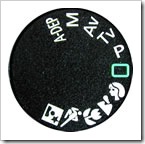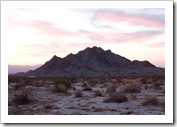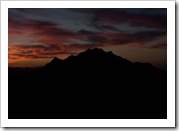On using the histogram to judge the quality of the exposure. Also discusses shadow and highlight clipping, the problems the create and how to avoid them.
In the first article on exposure (All You Ever Wanted to Know about Exposure) we discussed the exposure basics, the four variables you have to work with – the intensity of the light, the ISO setting, the f-stop and the shutter speed. We made the comparison of light with water. With this analogy, getting the proper exposure is the same as filling a glass of water (or whatever). In this article we’ll take a closer look at the kinds of challenges we face getting the best exposure. But first let’s take a quick review.
So, to quickly review, the sensor in a digital camera or the film in a traditional camera requires a specific amount of light to produce a proper exposure. The amount of light that is required depends on the sensitivity of the digital camera sensor or the film. Sensors or film with lesser sensitivity to light requires more light while those with greater sensitivity require less light. Sensitivity is measured by the ISO number regardless of whether we are dealing with film or a sensor. Lower numbers mean lower sensitivity The numbers start at 100, possibly even 50, and increase to 400, 800, 1600 and even higher. Each time the number doubles it requires exactly half the amount of light to make a proper exposure.
Aperture, or f/stop, is the amount of light that is let through the lens. This is controlled by a diaphragm similar to the pupils of our eyes. It can open to allow more light in or close to allow less light. Apertures are measured with a strange set of numbers like f/22, f/16, f/11, f/8, f/5.6, f/4, f/2.8. The numbering system goes backwards so that higher numbers admit less light. Adjacent numbers either double of half the amount of light coming admitted through the lens. In other words, f/4 admits twice the light as f/5.6.
The only other variable then is shutter speed, or the length of time light is allowed to pass though the shutter. Shutter speed is measured in fractions of a second such as 1/30, 1/60, 1/125, 1/250, 1/500, 1/000.
We have control of three of the four variable – ISO setting, f-stop and shutter speed. These are all adjusted to respond to the fourth variable – the intensity of the light. Success as a photographer starts with getting the correct exposure and these are the three things we can manipulate to do so.
(2470)
Like this:
Like Loading...



